“Green Island … is a remarkable island in more ways than one. Formerly a rabbit warren and mutton bird rookery (which perhaps accounts for its rich soil), it has gained a well-earned notoriety under the able management of the present proprietress (of whom more anon) for its extraordinary sheep-fattening properties. Yet this seemed an apparent paradox, for until a comparatively recent date not a blade of grass was visible, although it always bore the palm for the fattest sheep. Many interested in sheep farming paid it a visit for the purpose of solving the mystery. Upon questioning the lady above referred to (who by the way is French, and a devout Roman Catholic) as to what the animals fed on she replied, with the proverbial French gesture, that ‘God was good to give her sheep the instinct and feet which enabled them to dig for their food.’ They certainly thrive remarkably well upon whatever they dig up. One time she only kept a limited number, about 400, and these were all pets. To each of them she gave a French name; and each answered to it when called. About eight years since, one memorable morning, she was almost as much astounded as Robinson Crusoe at the ‘naked footprint’ to observe a narrow ridge of green grass close to the water’s edge, which has gradually extended until now it covers the whole of the island, embracing several varieties, but chiefly barley grass. This enabled her to augment the number to a thousand, all in excellent condition, and considered by a good authority to be a very large number per acre. However, the pets are a thing of the past, and I presume the great increase in numbers has exhausted the good lady’s stock of French names. But to return to the proprietress, whose career has rendered her not the least interesting feature of the island domain. The widow of a captain and owner of a smart bark which years ago traded between Australia and Mauritius, she was at one time well known in several of the seaport towns of Australia. Her stately figure rendered her conspicuous, and she was invariably accompanied with a pure bred Spanish poodle, and a black servant. From a life of almost oriental ease, she was left through the death of her husband to face the stern realities of the battle of life. She settled on what was then a barren and lonely isle, where with an adopted daughter, and no external aid, these two lone women commenced their hermit mode of existence. It would require the pen of a Dickens to do justice to the indomitable pluck and perseverance they displayed, and the massive stonewall fences which traverse the island in various directions are silent, yet speaking monuments of their untiring industry….” … More Captain Hector Axup and the French lady of Green Island, 1888
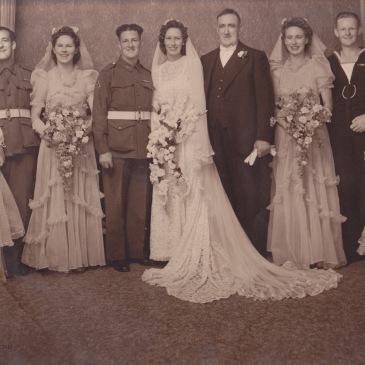

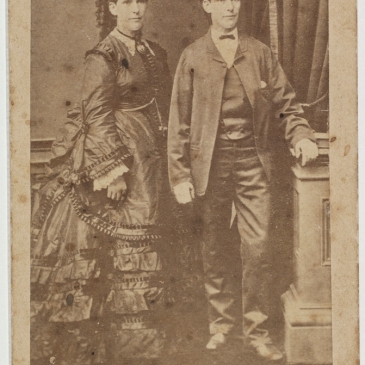


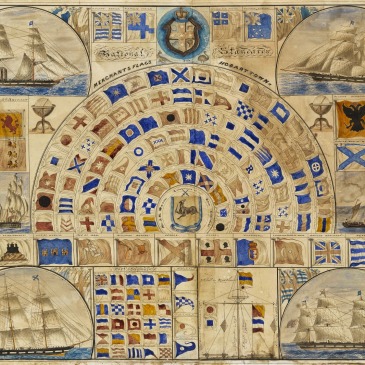
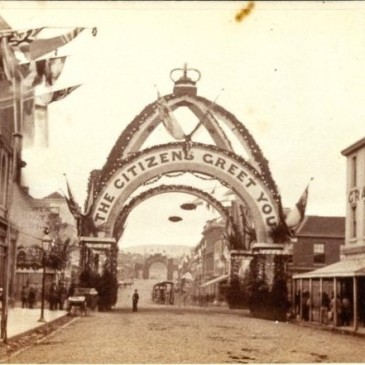

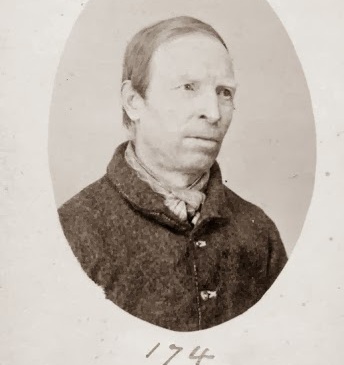
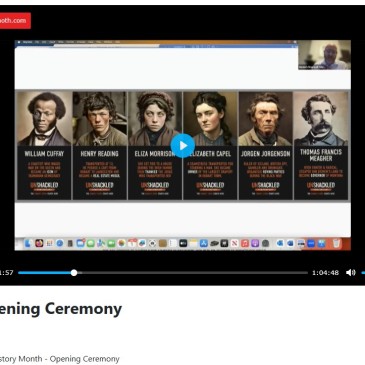
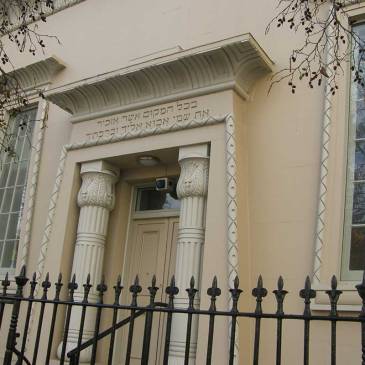
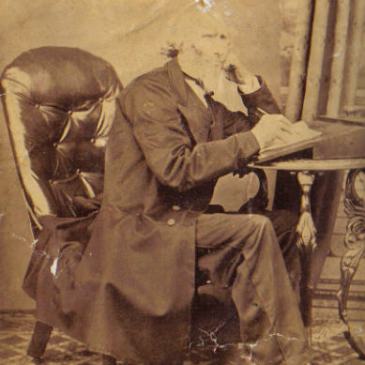


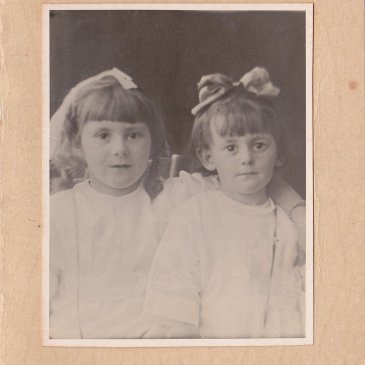




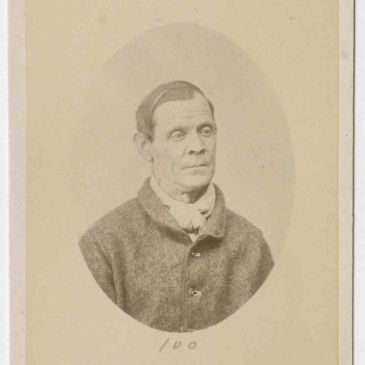









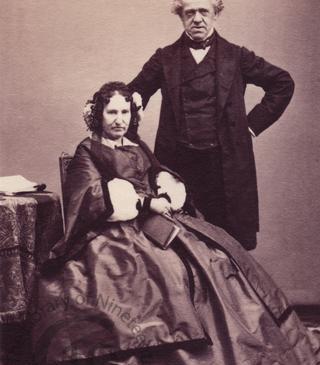












You must be logged in to post a comment.